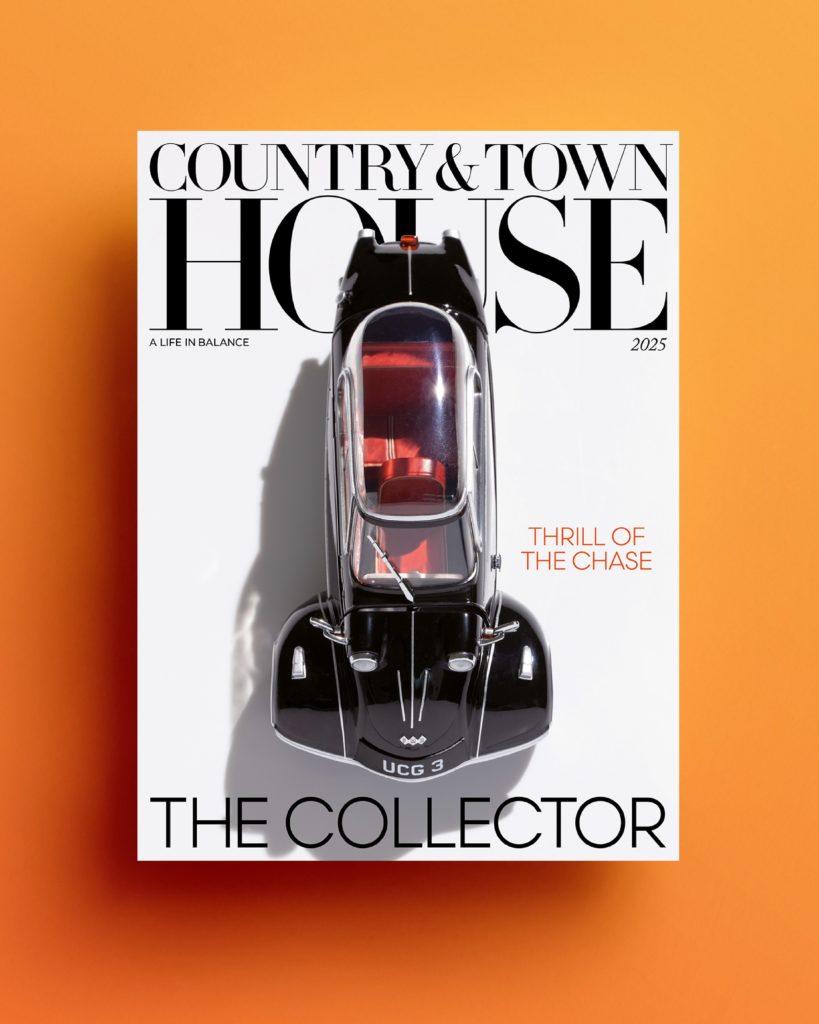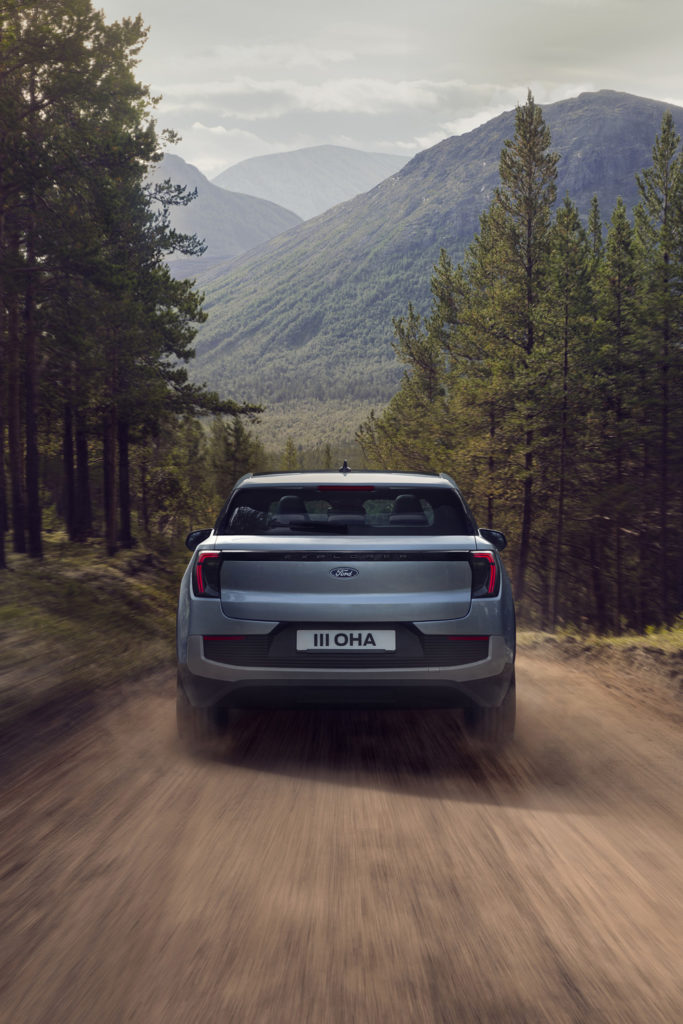Artist’s Studio: Henry Hudson
By
4 years ago
‘I couldn’t afford oils so I used plasticine.'

Caiti Grove heads to Hackney to talk plasticine, portraits and phalluses with artist Henry Hudson.
Artist’s Studio: Henry Hudson
‘Material is my thing. I try to turn things on their head and make people’s eyes work in a different way,’ announces Henry Hudson from the middle of his studio. Two assistants roll neon pink plasticine into tiny petals and add to them to a rainforest relief installed on a huge aluminium board. These are the latest of Henry’s sculptural Jungle paintings, which have been exhibited all over Europe, at Sotherby’s in New York, and are sought after by collectors; Mario Testino and Tommy Hilfiger are fans.
His upcoming exhibition Microcosm is a series of portraits of artists, curators and dealers. Drawn on an iPad, most are printed onto materials connected to the sitter. Artist Tim Noble, who makes sculptures from rubbish and discarded wood, is captured on a canvas of squashed coke cans and chocolate wrappers. Art dealer Christian Luiten is printed on a dismantled crate.
At school, the art department was Henry’s refuge: ‘I was very badly treated at that place’ [he attended Ampleforth College]. Art was, he says, ‘the only way I could say “fuck you”. The monks made their own candles with beeswax. I used to create a lot of phalluses to piss them off.’
He went on to study Performance Art at Central St Martins, where he acted on sets he created from wooden crates pilfered from skips. ‘They were about daytime TV, Britishness, the contrast between rich and poor – all that fascinates me.’ Ultimately, he could not endure the actor’s life with its constant rejections, but his interest in British culture stuck, as did his curiosity to experiment. ‘I couldn’t afford oils so I used plasticine. My first effort was a Philip Guston study; it didn’t take long’. The fascination with the material was immediate.

Henry Hudson first started using plasticine as he couldn’t afford oil paints
In his late twenties he began a ten-piece series based on William Hogarth’s A Rake’s Progress. In Henry’s updated version, a young Chinese student comes to King’s College London to study, and instead loses himself to drugs and addiction. But the hundreds of hours immersed in such a dark subject meant he himself ended up seeking help for addiction. ‘It kind of brought me to my knees. I haven’t really embraced that kind of social commentary again – I couldn’t go near it”. The Jungle works arrived in his imagination as a blessed relief.
Alongside the rainforest crew, two other apprentices paint watercolours onto a huge drawing. This is Henry’s foray back into social satire: a gluttonous figure in a dystopian future sits among screens scheduled to update and horrify with news and entertainment. The series will emerge as dramatic tapestries based on the Seven Deadly Sins, each one four metres wide. ‘Even though we live in this digital world, our vices are exactly the same,’ says Henry, ‘It’s just the clothes are different.’
‘There’s a reason no one’s done what I’ve done,’ Henry reflects, squidging a piece of plasticine between his palms, ‘because it’s completely uneconomical. It’s like Fitzcarraldo, taking the boat over the mountain to build an opera house. I’d be richer if I painted ten oils a year, but would I be happier? It’s debatable. Maybe I’ll give it all up one day,’ gesturing towards his team, ‘and just be me alone in a studio. But not just yet.’
Microcosm opens in June 2021 at 385 Roman Road, London, E3 5QR. henry-hudson.com



